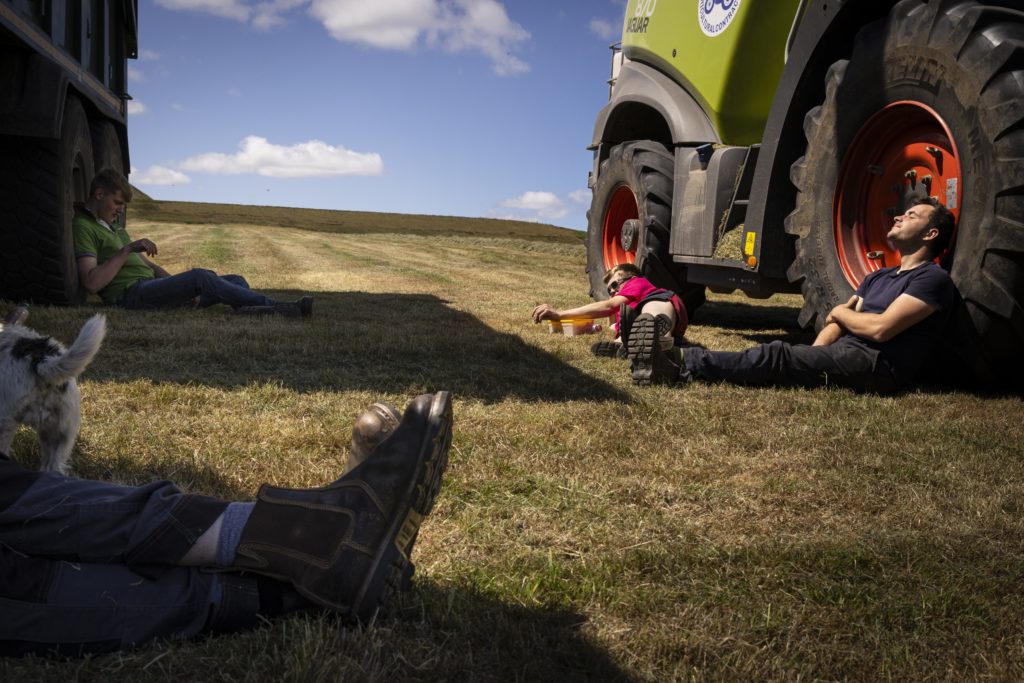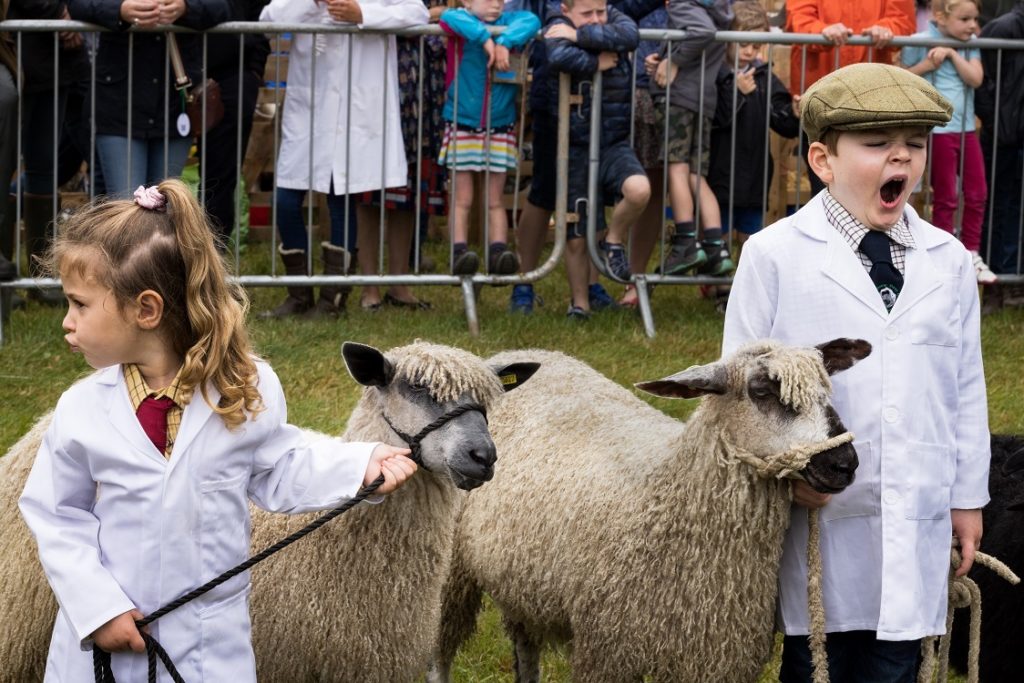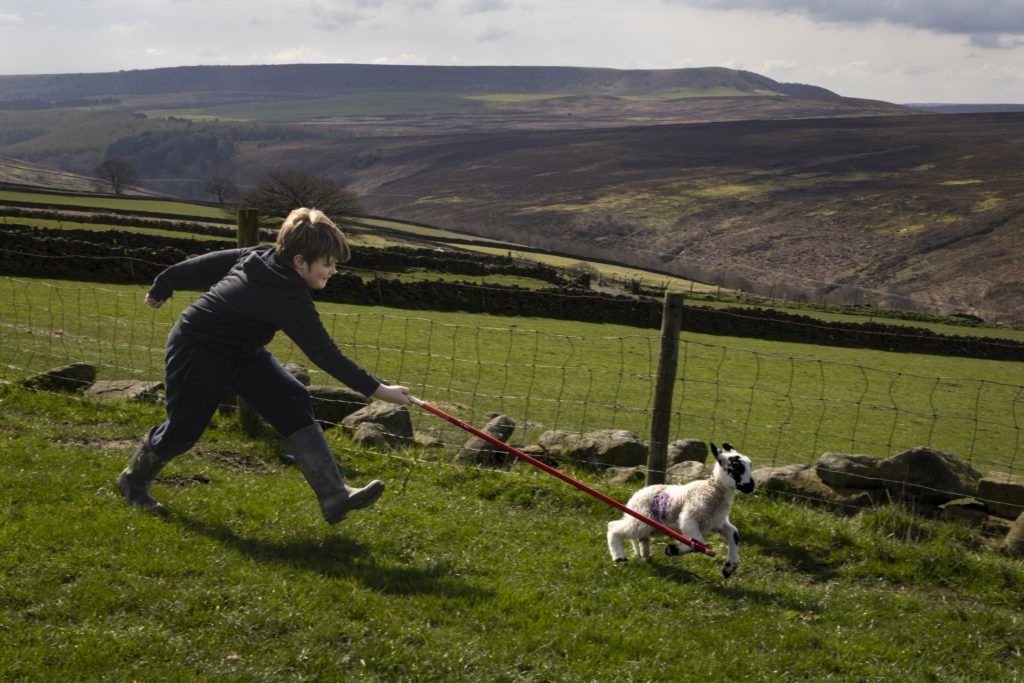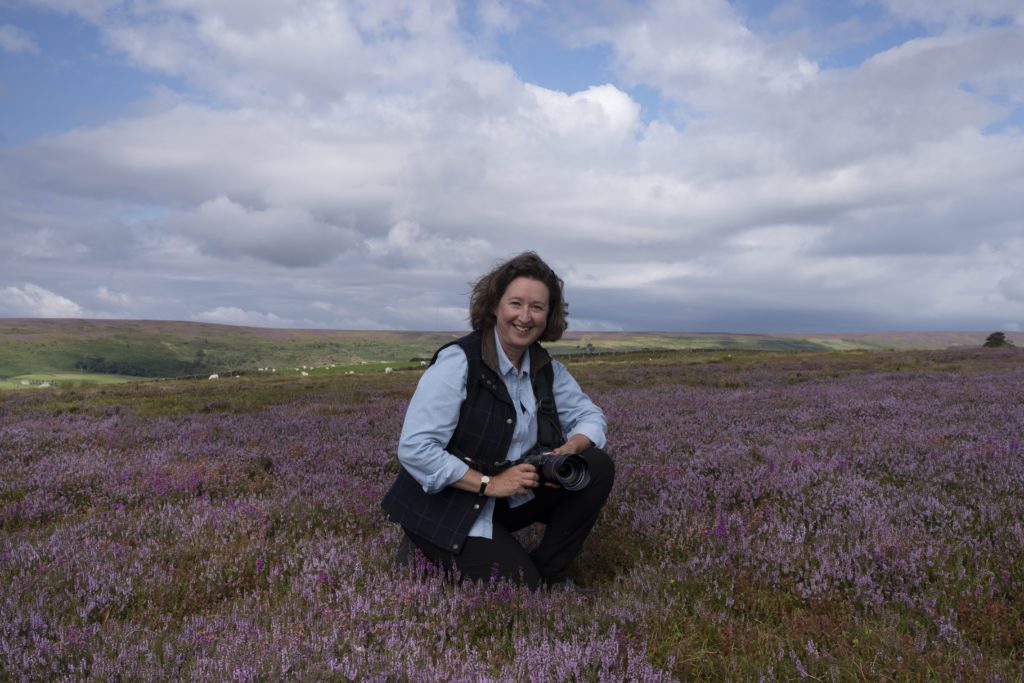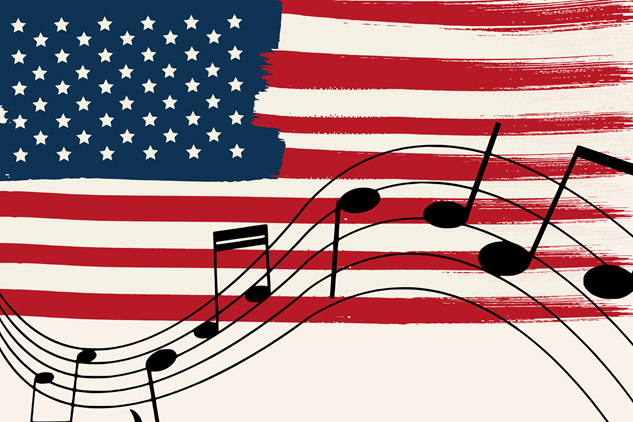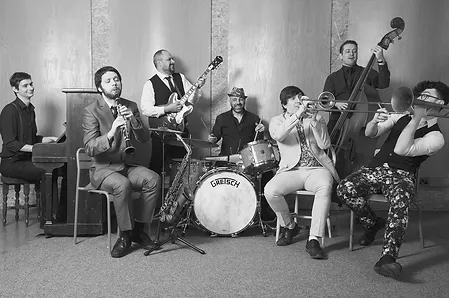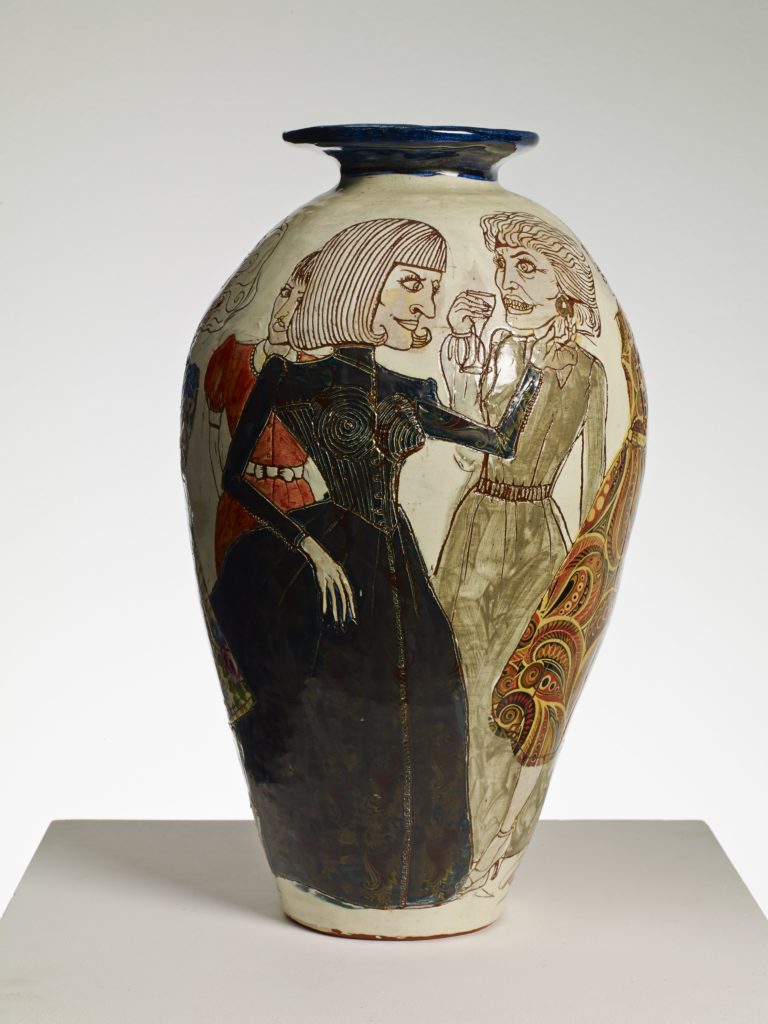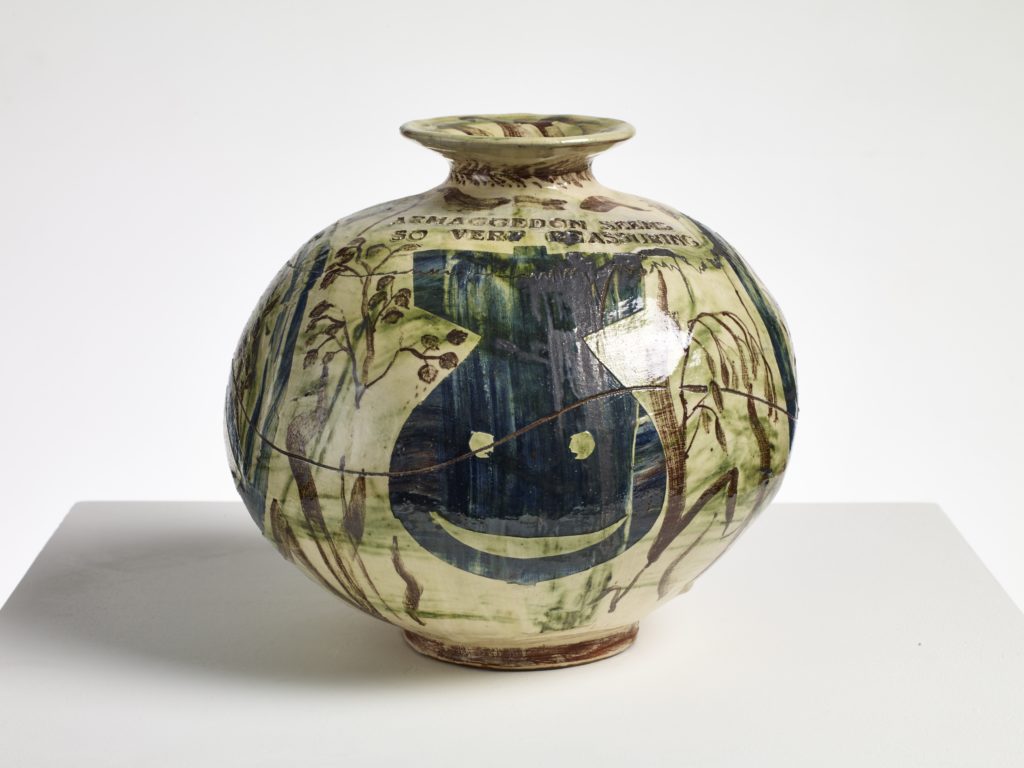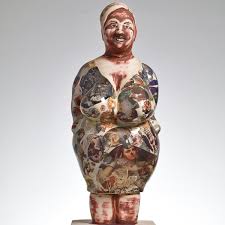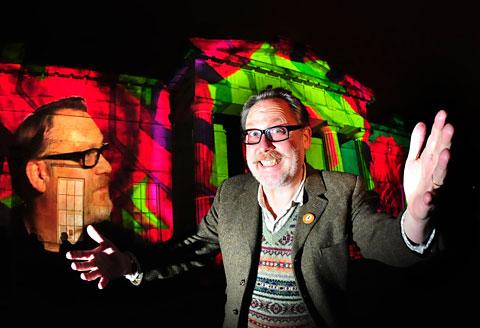
INVASION? Installation? Theatre innovation? Half-term challenges? Giants and dinosaurs? Yes, yes, yes. Charles Hutchinson signposts what to catch in the days and weeks ahead.
Festival of the week: Jorvik Viking Festival 2024, invading York from February 12 to 18
NOW in its 39th year, Europe’s largest annual Viking festival will be attracting up to 45,000 visitors of all ages over the week ahead. “We’d always advise booking in for some of the activities – including a visit to Jorvik Viking Centre and the Festival Finale – but many have booking slots available on the day too,” advises event manager Abigail Judge.
Family activities include Monday’s smelly, squelchy Poo Day! at DIG, St Saviourgate, from 11am to 3pm; daily Berserker Camp, family crafting and saga story-telling Arena! shows, and a new event, the Best Dressed Viking, Best Beast and Best Beard competitions, on February 18 at 12.30pm in St Sampson’s Square. For tickets and the full programme, visit: jorvikvikingfestival.co.uk

Yorkshire theatre premiere of the week: Frankenstein, Leeds Playhouse Courtyard Theatre, February 15 to 24
PIONEERING Leeds company Imitating The Dog teams up with Leeds Playhouse for a “visually captivating and psychologically thrilling” multi-media exploration of Mary Shelley’s Gothic tale of fear and anxiety, posing the question “what is it to be human?”.
Georgia-Mae Myers and Nedum Okonyia play all the roles across parallel narratives, threading together the late-18th century’ story of Frankenstein with a contemporary conversation between a pregnant young couple, fearful of what it means to bring life into the world. Box office: 0113 213 7700 or leedsplayhouse.org.uk.
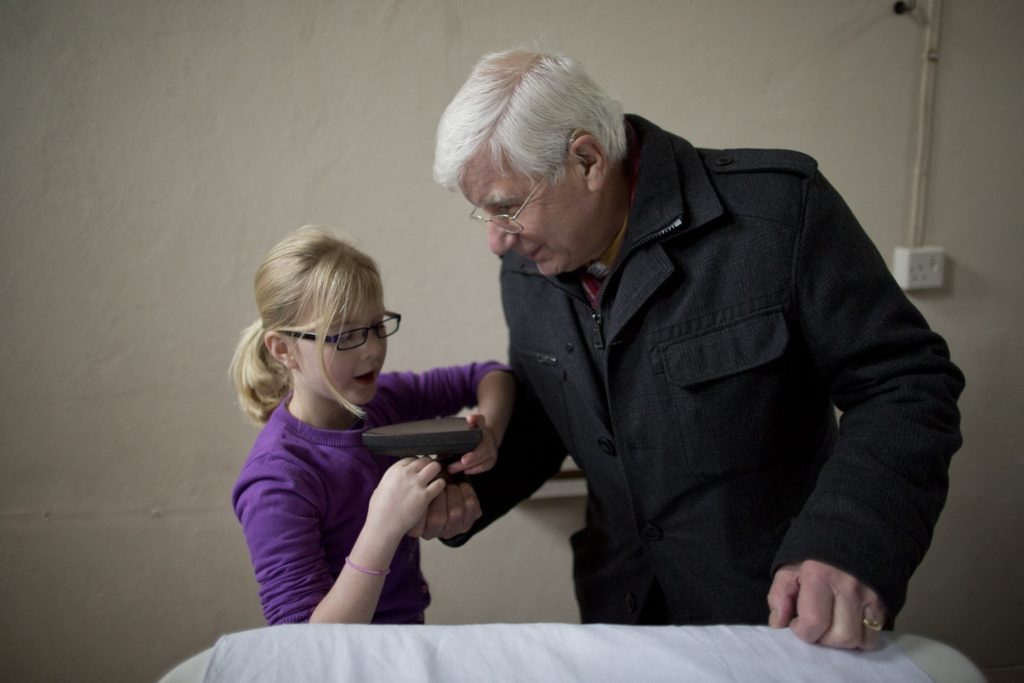
Half-term family activity of the week: Nunnington Hall, Nunnington, near Helmsley, February 10 to 18, 10.30am to 4pm, last entry at 3.15pm.
TRAVEL back to 1924 this half-term when families can enjoy being tasked with carrying out activities performed by household servants 100 years ago, from ironing to dusting bannisters, cross stitch to flower arranging.
The National Trust property has created a fun, interactive trail around the manor house in the form of a CV that guides visitors through the various servant skills. Children can find out if they meet the requirements necessary to fulfil the responsibilities of the desired positions, and then decide which roles, if any, they would choose to accept. Tickets: nationaltrust.org.uk/nunnington-hall.

Children’s show of the week: Tiny & Tall Productions and Soap Soup Theatre in The Selfish Giant, Helmsley Arts Centre, February 11, 2.30pm
BRISTOL family theatre companies Tiny & Tall Productions and Soap Soup Theatre head north with their collaborative exploration of Oscar Wilde’s children’s story of an unusual friendship, The Selfish Giant.
In this version, the giant Grinter lives happily alone in her huge icy house, shutting out the world that long ago shut her out. Outside, very little greenery is left. One spring day, the children, tired of playing on hard roads and grey rooftops, climb through a chink in her garden walls, changing the course of their lives forever and Grinter’s too. Box office: 01439 771700 or helmsleyartscentre.co.uk.

York comedy gig(s) of the week: Jonathan Pie: Hero Or Villain?, York Barbican, February 14 and 15, 7.30pm
FOR the record, ranting political correspondent Jonathan Pie is a fictional character portrayed by British comedian Tom Walker, scripted by Walker and Irish comedian Andrew Doyle. In his latest slice of Pie, he hopes to answer the question: hero or villain?
Join him, on a St Valentine’s Day date or the night after, as he “celebrates the UK’s greatest heroes (nurses/Gary Lineker/24-hour off licence proprietors), takes a verbal blowtorch to its villains (the Tories/cyclists), kicks in the Establishment’s back doors and rifles through its kitchen cupboards”. Box office: yorkbarbican.co.uk.

Swimming dinosaur alert: Jurassic Live, York Barbican, February 16, 5pm; February 17, 11am, 3pm; February 18, 1pm
NEW for 2024 in this interactive theatrical dinosaur show is the Tylosaurus, a genus of Mosasaur: the largest predatory marine reptile to ever grace our oceans and now the largest marine puppet ever made as it swims in its gigantic purpose-built Jurassic tank on stage. Be warned: if you sit near the front, you will get wet!
Family show Jurassic Live undertakes a musical journey as little Amber, Ranger Joe and Ranger Nora strive to save the day from an evil man determined to close the Jurassic facility. Box office: yorkbarbican.co.uk.

Regal tour of the north: Barrie Rutter: Shakespeare’s Royals, Stephen Joseph Theatre, Scarborough, March 1, 7.30pm; Arrival Of Spring Gallery, Salts Mill, Saltaire, April 13, 7.30pm; York Theatre Royal Studio, April 26, 7.45pm; Ripon Theatre Festival, Ripon Cathedral, July 4, 7.30pm
BARRIE Rutter, founder and former director of Northern Broadsides, celebrates the Bard’s kings and queens – their achievements, conquests and foibles – with tales, anecdotes and memories from a career of playing and directing Shakespeare’s Royals.
After being told he could never play a king on account of his Yorkshire accent, Hull-born Rutter, now 77, took the revolutionary step of creating his own theatre company in 1992 in Halifax to use the northern voice for Shakespeare’s kings, queens and emperors, not only the usual drunken porters, jesters or fools. As he says on X: “Lover of language. Awobopaloobopalopbamboom – everything else is Shakespeare”. Box office: Scarborough, 01723 370541 or sjt.uk.com; Salt’s Mill, https://bit.ly/RutterAtSalts; York, 01904 623568 or yorktheatreroyal.co.uk; Ripon, ripontheatrefestival.org.
In Focus: Art installation Colour & Light, York Art Gallery, going full frontal until February 25

YORK BID links up with York Museums Trust for the return of Colour & Light: an innovative project designed to warm up York Art Gallery’s facade in the cold winter with an art-filled light installation by David McConnachie’s Edinburgh company Double Take Projections.
This “high impact and large-scale visual arts project” uses 3D projection mapping to bring York’s iconic buildings to life, first York Minster last year, now York Art Gallery, where the projection will play every ten minutes from 6pm to 9pm daily in a non-ticketed free event.
Highlighting York’s UNESCO Media Arts status, this outdoor projection is the work of Double Take Projections, who architecturally scanned the gallery facade to generate a 3D model.
This model served as the template for content application. From there, they used multiple projections to create one seamless image by projecting from different angles and wrapping content on the irregularly shaped frontage.
Viewers can notice something new at each viewing, such as York’s skyline being hidden in different mediums or artistic elements of the gallery’s façade that they may not have spotted previously.
The William Etty statue in front of the gallery, in Exhibition Square, has been brought to life too. Born in Feasegate and buried just around the corner from the gallery in Marygate, Etty is York’s most iconic artist.
Considered the first significant British painter of nudes and still lifes, Etty’s 19th century paintings were somewhat controversial at the time, but he also played a role in the conservation of the city walls. His work Preparing For AFancy Dress Ball features in the Colour & Light display.
Not only York Art Gallery’s paintings are highlighted. Spot the reference to the extensive Centre of Ceramic Arts (CoCA) and the two tiled panels on the side of the building, Leonardo Expiring In The Arms Of Francis I and Michelangelo Showing His Moses
Viewers can pick up exclusive Colour & Light merchandise from the Sketch Box for £2 or less while watching the show, as well as churros, soft serve and hot drinks.
Carl Alsop, York BID’s operations manager, says: “This event is all about making world-class culture more accessible, and it’s been brilliant watching the show from Exhibition Square, traditionally a quiet and reserved space, with children playing, dancing and laughing, and people from all backgrounds enjoying the show together.
“It’s also been great to see people discovering some of the less obvious aspects of the projection on a second viewing. Audiences have enjoyed various buildings from York’s skyline reimagined in different mediums, as well as seeing elements of York Art Gallery, like the mosaics on each side of the building, brought to life.”
Richard Saward, York Museums Trust’s head of visitor experience and commercial, says: “We are thrilled to be involved with York BID’s Colour & Light show. This event kicks off a fantastic season at York Art Gallery, including The Aesthetica Art Prize 2024 exhibition and Claude Monet’s painting The Waterlily-Pond, which will be on display in York from May 10 to celebrate the 200th birthday of the National Gallery.”









